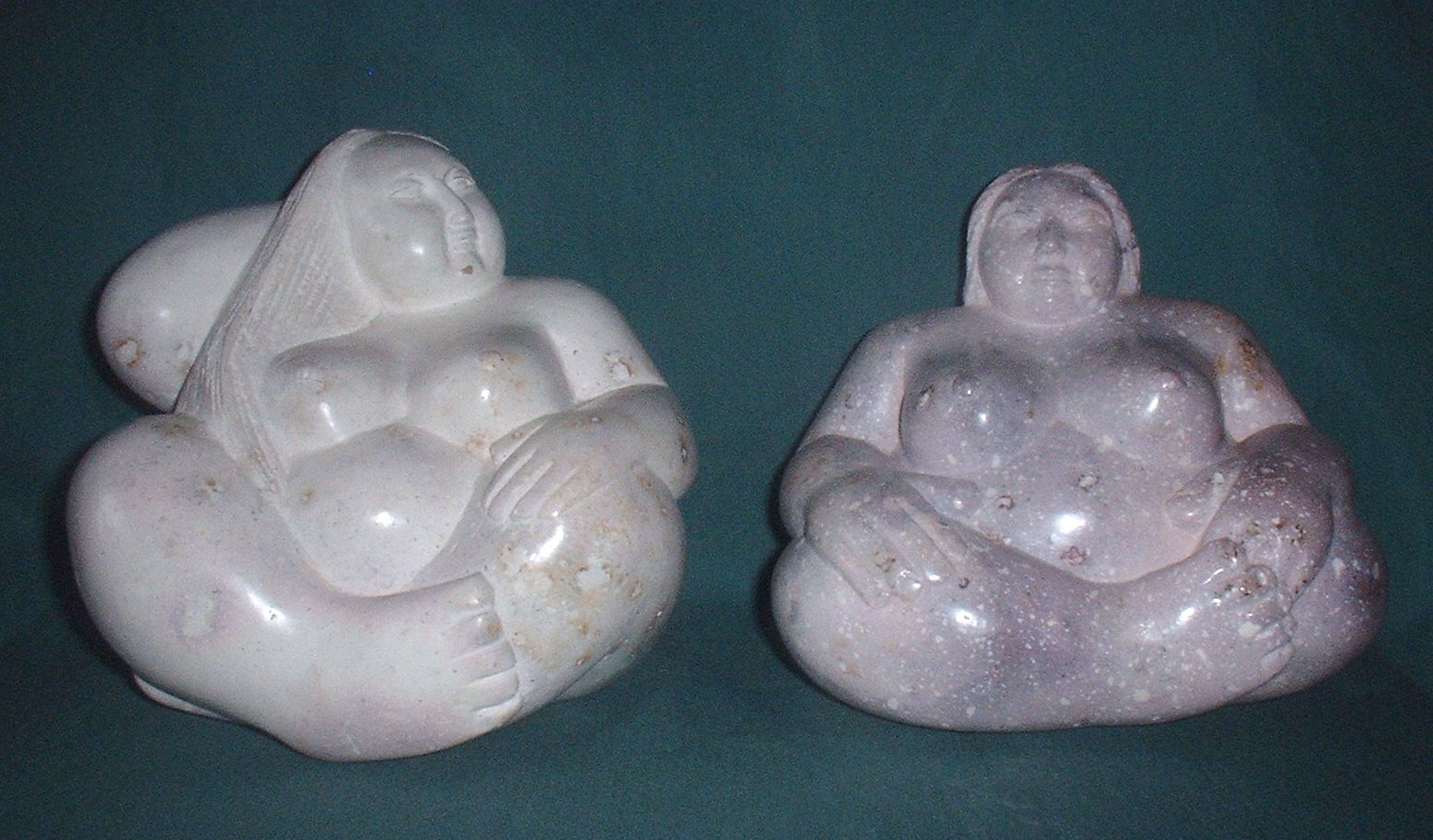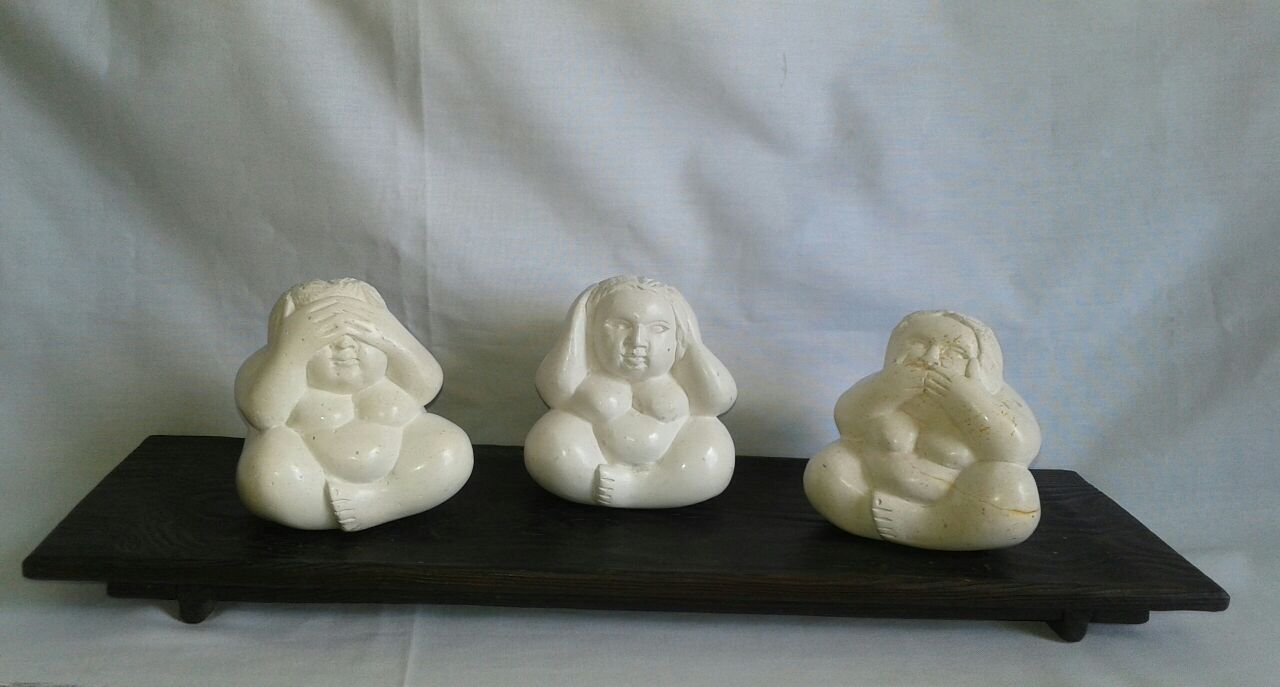Description
Las artesanías en piedra marmolina inician en los años 70´s cuando Leonel Vindell, impulsado por el padre Eduardo Mejía, comenzó a esculpir una piedra suave que descubrió fortuitamente en una noche de cacería. Durante todo un año Leonel trabajó solo. Empezó a vender sus productos en Chinandega, tuvo éxito y desde entonces los compradores también viajan hasta Limay. Los vecinos de Leonel y demás pobladores de Limay, se interesaron por sus productos y se sumaron pronto a su elaboración. En ese entonces la piedra se recogía, ya que estaba a flor de tierra. Se había creado una nueva línea de artesanía en Nicaragua.
Ese mismo año se descubrieron las vetas del cerro Tipiscayán (cerro del Tucán) a las orillas de la ciudad de San Juan de Limay, Estelí, posteriormente se descubrieron otras vetas en el cerro El Quebracho, a 3 Km de Estelí, propiedad de don Teódulo Castillo y por último la Mina El Limón, cerca de León. La diferencia entre estas distintas fuentes es la dureza de la piedra y el color, desde el blanco hasta el gris oscuro, pasando por el rojo, amarillo y rosado. La piedra marmolina cuyo nombre es definido por los geólogos como esteatita impura con infiltraciones de óxidos, que son la causa de su color.
Leonel Vindell y Milton Reyes y Chico Calderón, los artesanos pioneros, fueron capacitados en las técnicas de esculpido en la ciudad de Masaya, gracias al apoyo del Banco Central de Nicaragua. La idea era la de trasladar grandes cantidades de material hacia Masaya, para trabajarla allá, pero el alcalde de San Juan de Limay no aprobó el traslado, porque pensaba, con justa razón, que la marmolina debía trabajarse en Limay.
La fabricación es totalmente manual. La forma se esculpe con cincel y se afina con la escofina. La pieza se termina con cuchilla y lija, y se le aplica cera de lustrar neutra para darle el brillo final a la pieza.
english
Marmolina from San Juan de Limay
Marmolina stone handicrafts began in the 70’s when Leonel Vindell, encouraged by father Eduardo Mejía, began to sculpt a soft stone that he discovered by chance during a night of hunting. For a whole year, Leonel worked alone. He started selling his products in Chinandega, was successful and since then buyers also travelled to Limay. Leonel’s neighbours and other inhabitants of Limay became interested in his products and soon joined in his work. At that time the stone was collected, as it was at the surface of the earth. A new line of craftsmanship had been created in Nicaragua.
That same year, the Tipiscayán (Tucán Hill) veins were discovered on the outskirts of the town of San Juan de Limay, Estelí. Later, other veins were discovered on El Quebracho Hill, 3 km from Estelí, owned by Don Teódulo Castillo, and finally the El Limón Mine, near León. The difference between these different sources is the hardness of the stone and the colour, from white to dark grey, red, yellow and pink. The marmolina stone whose name is defined by geologists as impure steatite with oxide infiltrations, which is the cause of its colour.
Leonel Vindell, Milton Reyes and Chico Calderón, the pioneer craftsmen, were trained in the sculpting techniques in the city of Masaya, thanks to the support of the Central Bank of Nicaragua. The idea was to move large quantities of material to Masaya, to work there, but the mayor of San Juan de Limay did not approve the move, because he thought, with good reason, that the marmolina should be worked in Limay.
It is made entirely by hand. The shape is sculpted with a chisel and refined with a rasp. The piece is finished with a blade and sandpaper, and neutral polishing wax is applied to give the final shine to the piece.



Reviews
There are no reviews yet.